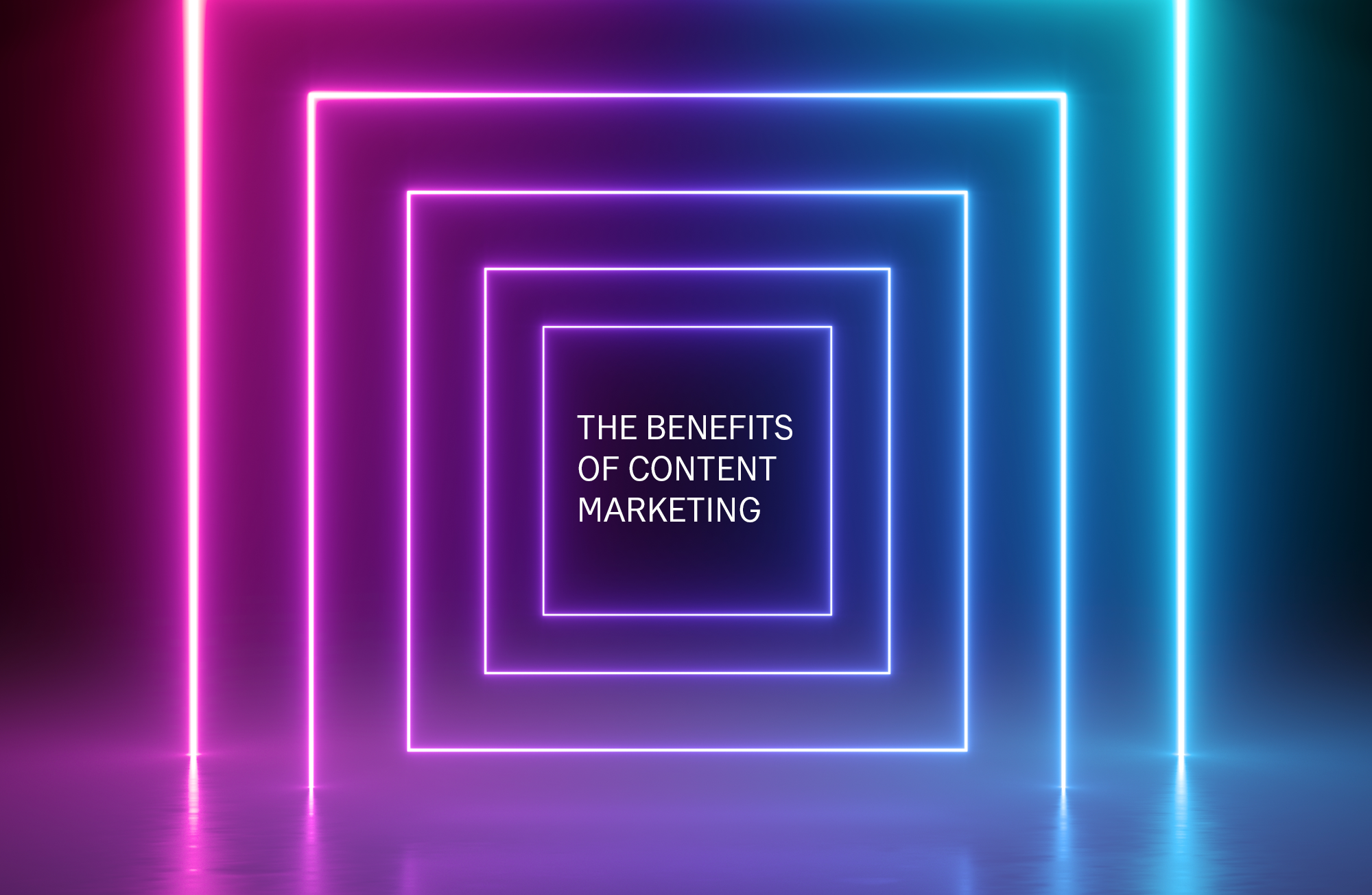“Content marketing”. Surely a buzz word in the contemporary digital marketing landscape. Perhaps because it seems so vastly different from more traditional approaches to promoting a business.

You can spend ever so much time on showing your products and services with grand wordings and HD resolution. But the modern customer demands more. The market is vast, and the competition is tough, so if you wish to convince a potential customer, it’s not enough to just say it – you have to show it.
Show, don’t tell
Content marketing is about creating content that provides value for the consumer. Whether they end up as your customer or not. Blog posts about relevant problems and solutions, a podcast on current topics within the field, or a useful PDF guide. There’s an array of opportunities.
Most important is that the recipient gains something from the content – and that the content demonstrates an important quality of your business.
Whether that be knowledge, humanity, humor, or something else.

So, content marketing is simply the way forward?
It’s not quite that simple. There’s a reason why content marketing has not simply become the go-to strategy for all marketing initiatives. Because even though it presents clear strengths, the content marketing coin has two sides.
First: content marketing is time consuming. The entire point is that it has to provide value. It’s not enough that they simply see your company’s name and scroll on by. You need to test your creative skills and create something that in your already busy work day can feel like its own large project.
Second: it’s complex to measure the results of content marketing. Your goal is of course that the consumers end up as customers – but that can take time. You need to nurture their interest.
Content marketing requires patience and engagement. But as the modern audience further attempts to avoid as much interrupting advertising as possible, content marketing can be a necessity if you want your business to stand out from the crowd.
3 essential principles of content marketing
1. Content is actively consumed
That’s what separates content marketing from a targeted YouTube ad. With content marketing, the recipient isn’t interrupted in what they’re doing – your content is what they’re doing. They clicked on it themselves. And you avoid negative first impressions from potential customers.
2. Content exists on your own channels
Otherwise, there’s no real benefit. Instead of your video being shown before a documentary on YouTube or your article being published on a larger blog site, the consumer finds your content exactly where the end goal is as well. Your website, your Facebook page or your Instagram profile.
3. Content is sent and marketed strategically
That’s the marketing part. Because what good is your thoroughly crafted content if no one sees it? Content should be sent out across channels, sometimes with paid sponsorship on Google and Facebook, so your marketing initiatives strengthen each other. And be sure to repurpose/re-use your content. You might feel like it’s run its course, but your audience most likely doesn’t.